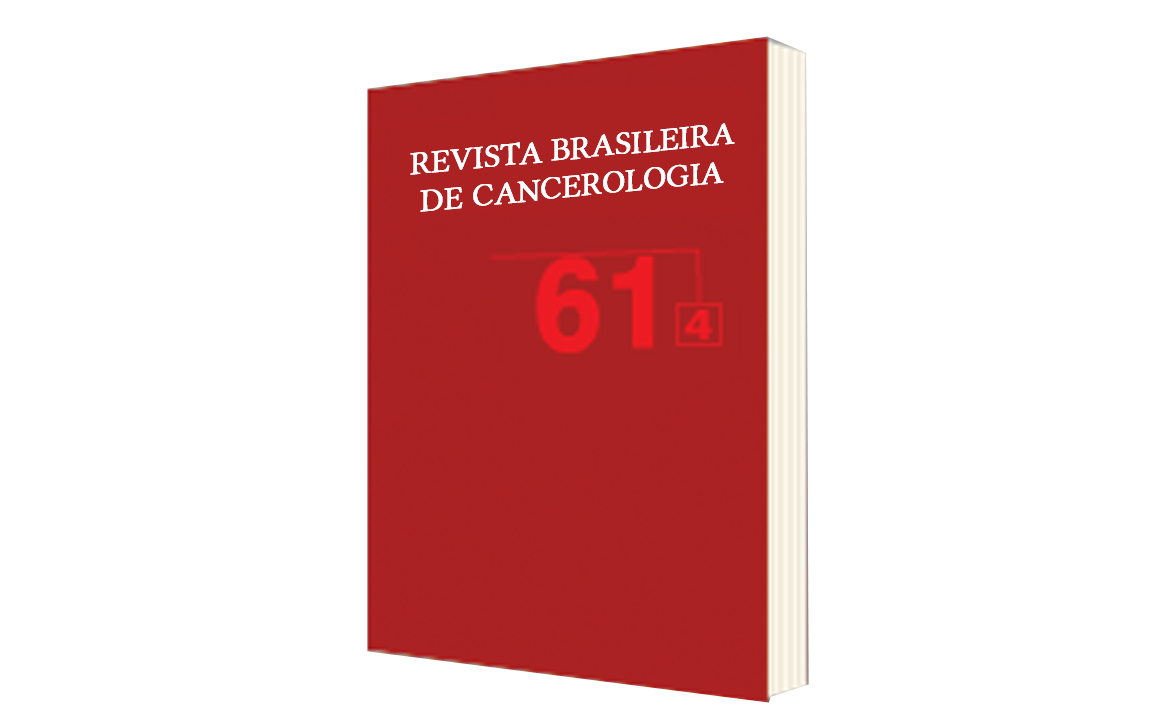Inter-Observer Reliability of Two Scales for Measuring Comorbidity in Elderly Patients with Prostate Cancer
DOI:
https://doi.org/10.32635/2176-9745.RBC.2015v61n4.226Keywords:
Comorbidity, Prostatic Neoplasms, AgedAbstract
Introduction: Comorbidity is defined as the coexistence of two or more chronic diseases in the same individual; a common condition in older adults with cancer. There are several scales to measure comorbidity, but the Charlson’s scale and the Cumulative Illness Rating Scale Geriatric (CIRS-G) are the most used in the literature. Objective: To evaluate the inter-observer reliability of Charlson’s scale and CIRS-G in elderly patients with prostate cancer admitted to a referral hospital for cancer. Method: This is a descriptive study analyzing the medical records of 110 elderly patients, after discharge. Two nurses from the hospital’s oncology service separately reviewed the records and applied the two scales based on specific standardized criteria. Inter-observer reliability was analyzed through simple agreement, kappa coefficient and the intra-class correlation coefficients (ICC). Results: Based on Charlson’s scale, most patients had no comorbidity at the time of evaluation. High concordance was observed on this scale, with a kappa coefficient of 0.66 and an ICC of 0.84. Based on CIRS-G, most of the elderly had moderate comorbidity and agreement, although good, was lower for this scale, with a kappa coefficient of 0.56 and an ICC of 0.78. Conclusion: The study showed good inter-observer reliability of both scales in the evaluation of patients with cancer. However, CIRS-G evaluation made it possible to identify more patients with comorbidity.









